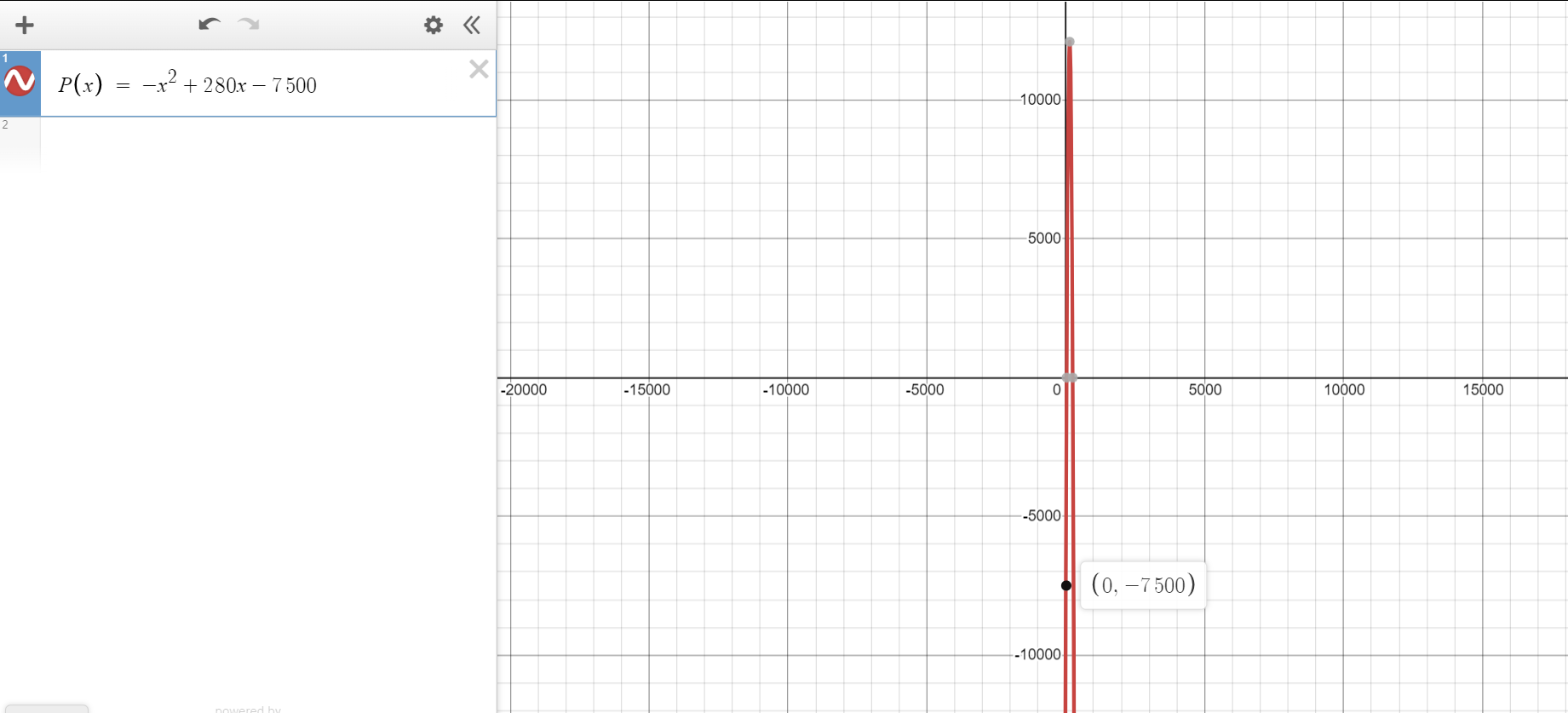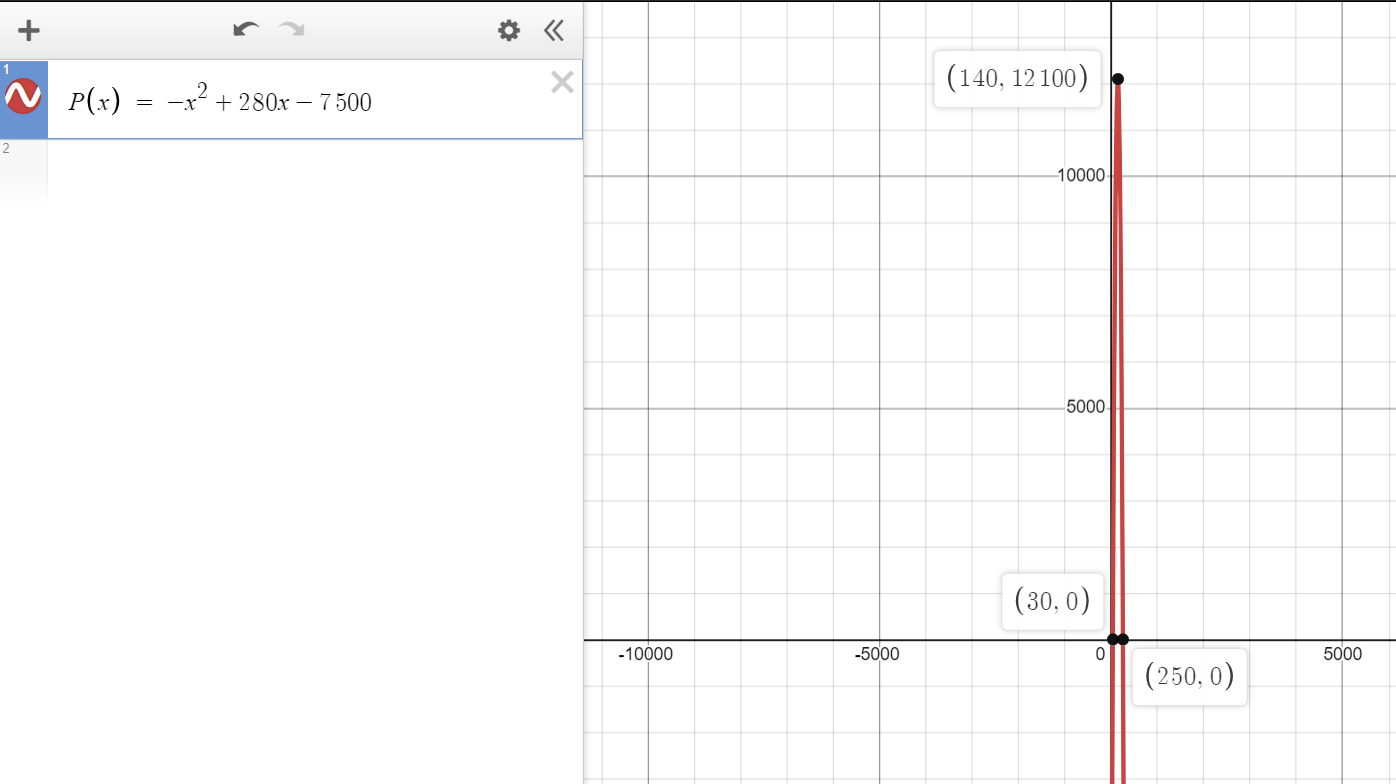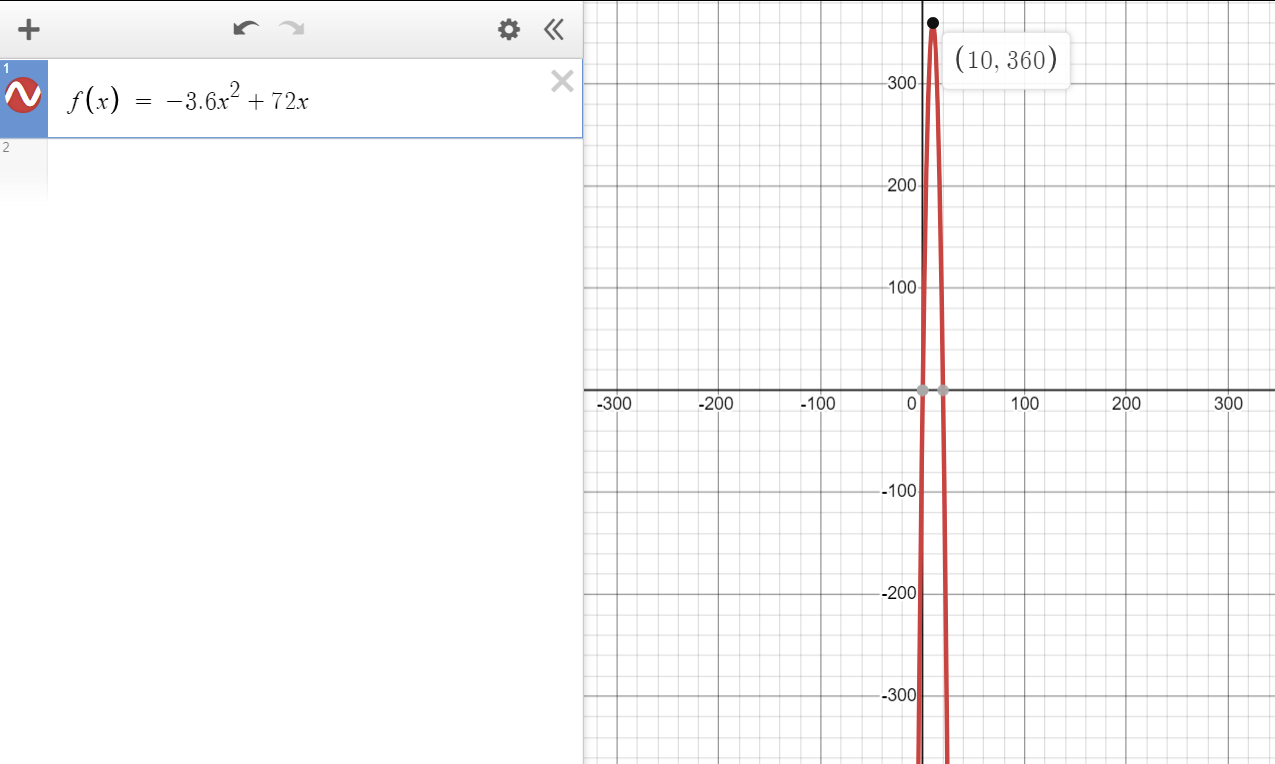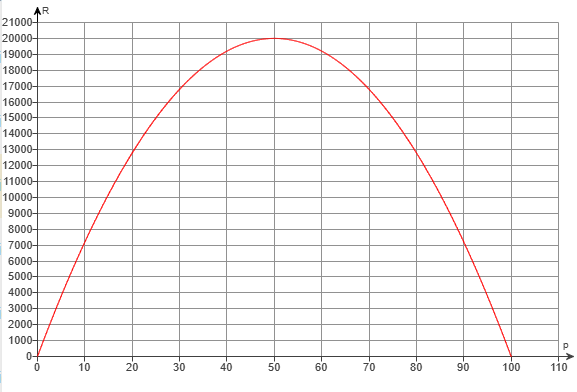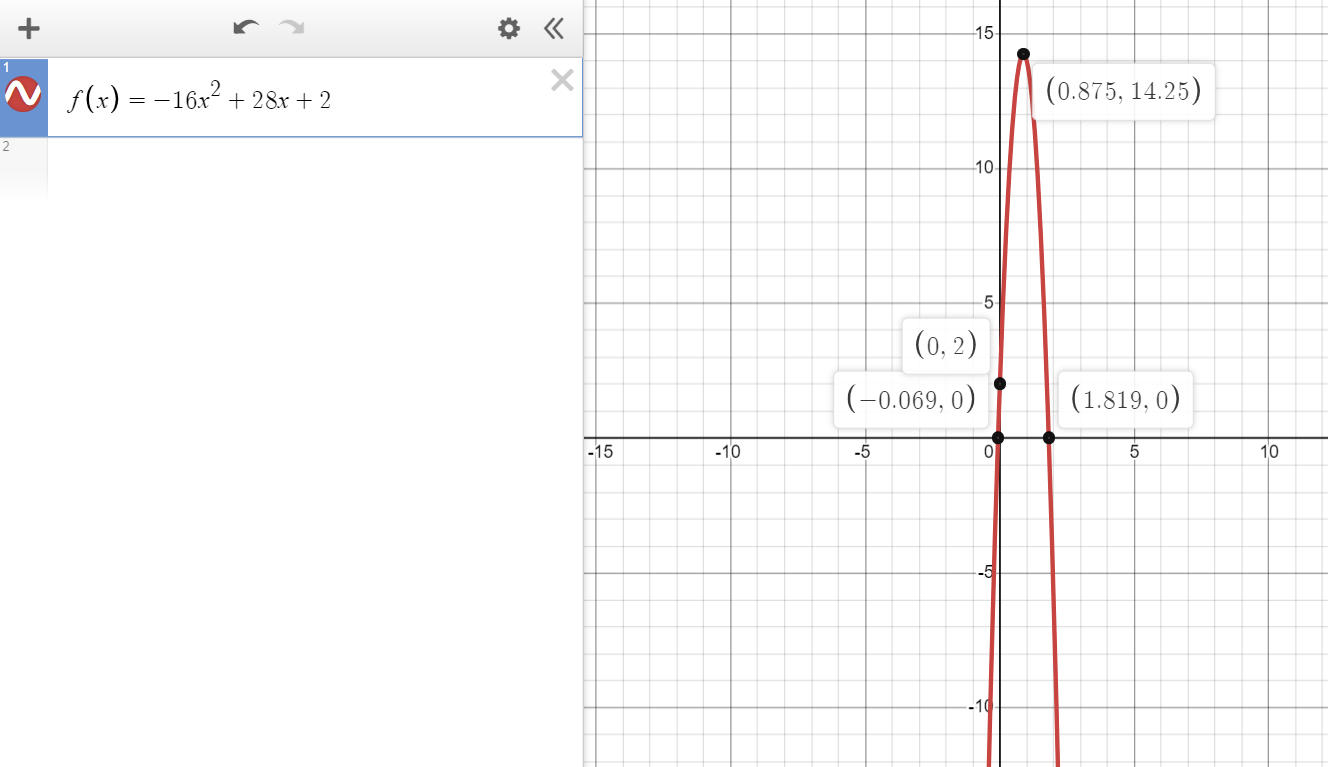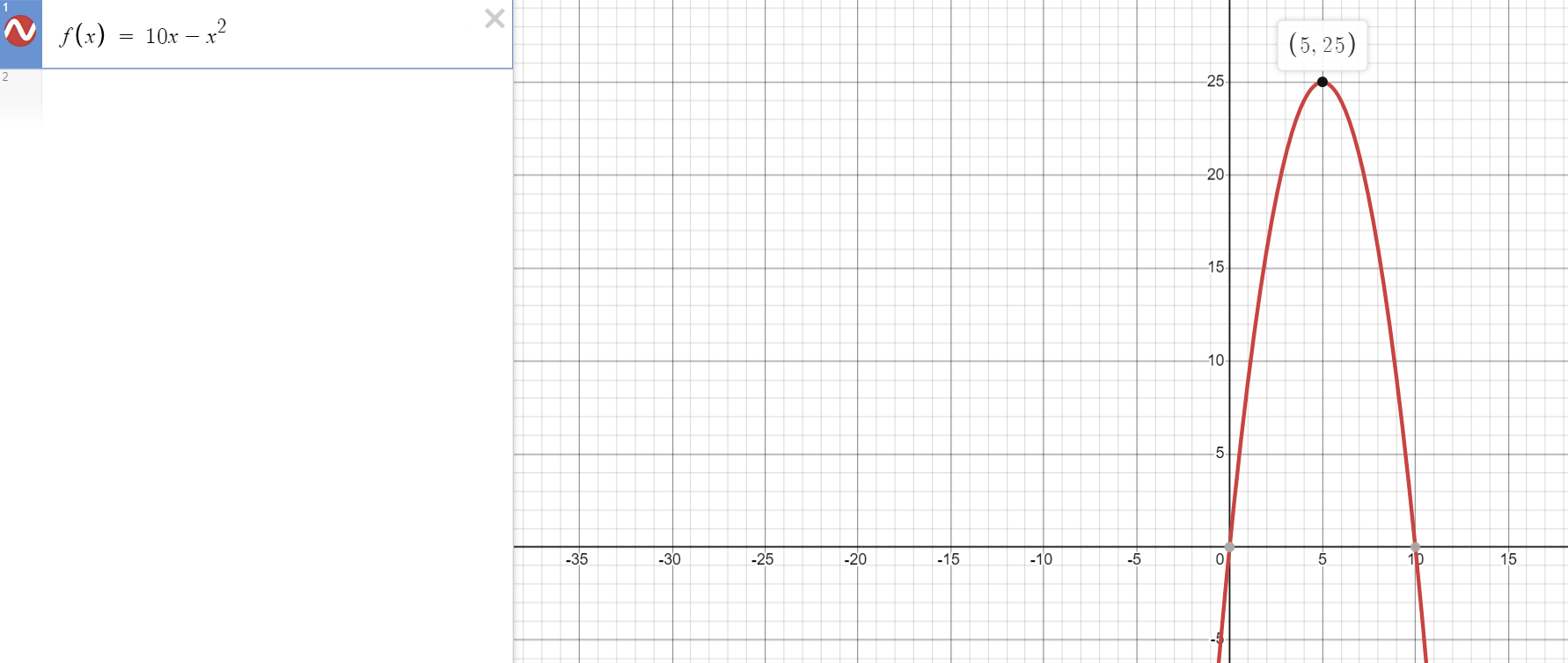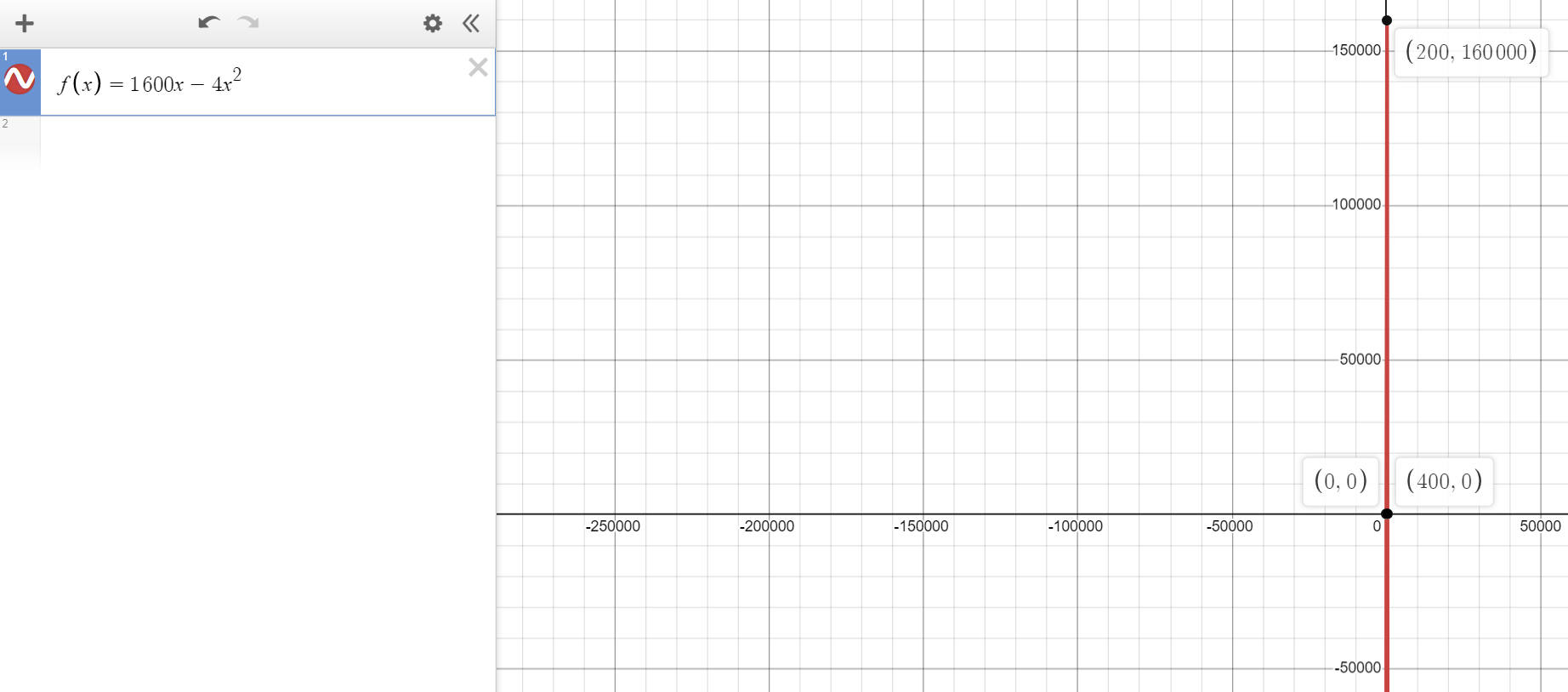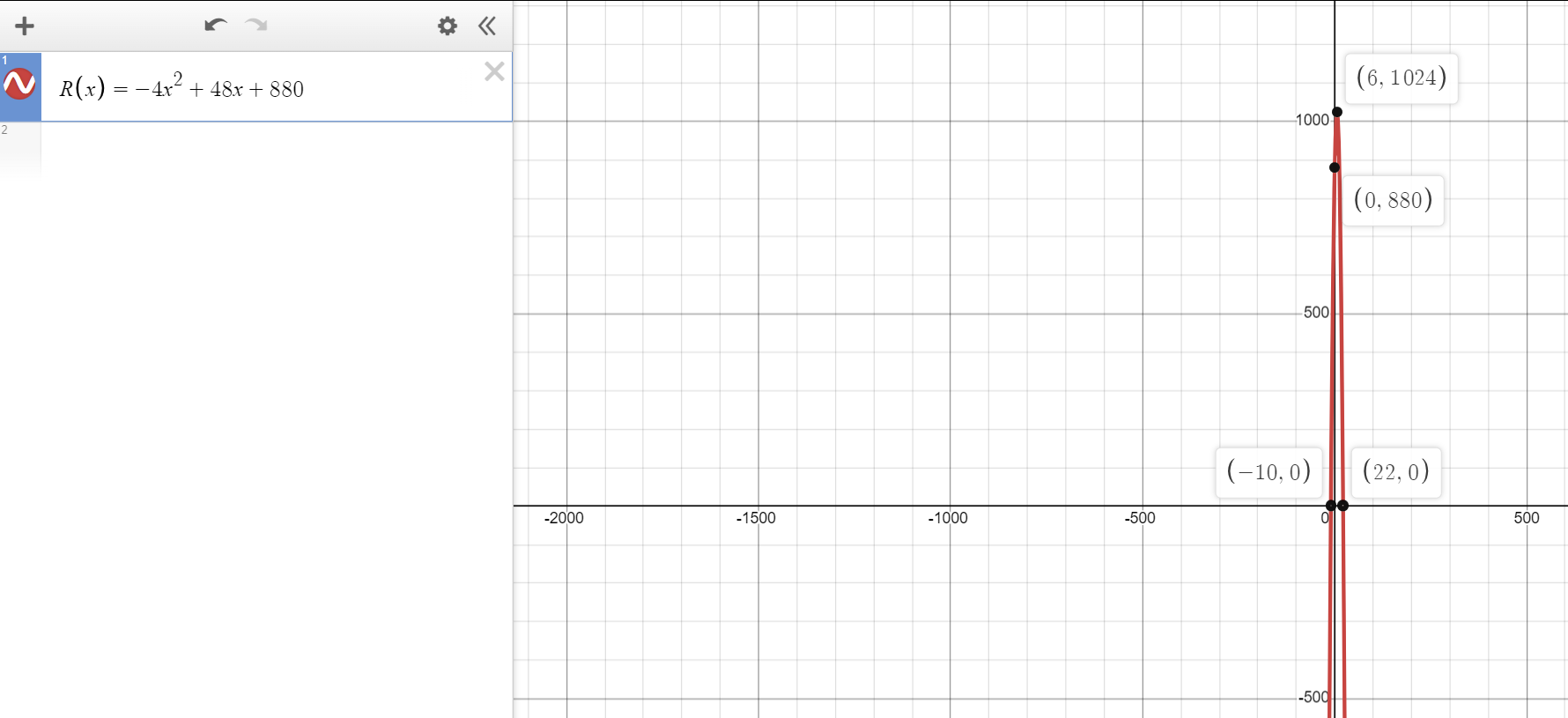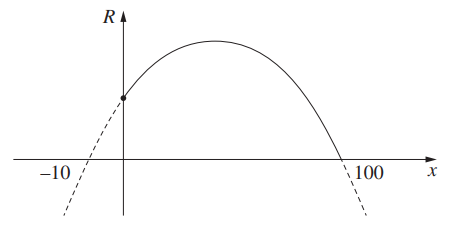 For ACT Students
For ACT Students The ACT is a timed exam...60 questions for 60 minutes
This implies that you have to solve each question in one minute.
Some questions will typically take less than a minute a solve.
Some questions will typically take more than a minute to solve.
The goal is to maximize your time. You use the time saved on those questions you solved in less than a minute, to solve the questions that will take more than a minute.
So, you should try to solve each question correctly and timely.
So, it is not just solving a question correctly, but solving it correctly on time.
Please ensure you attempt all ACT questions.
There is no negative penalty for a wrong answer.
For JAMB and NZQA Students
Calculators are not allowed. So, the questions are solved in a way that does not require a calculator.
For NSC Students
For the Questions:
Any space included in a number indicates a comma used to separate digits...separating multiples of three digits from behind.
Any comma included in a number indicates a decimal point.
For the Solutions:
Decimals are used appropriately rather than commas
Commas are used to separate digits appropriately.
The Forms of a Quadratic Function are:
(1.) Standard Form/General Form
Note that the standard form is written in descending order of x
$ y = ax^2 + bx + c \\[3ex] OR \\[3ex] f(x) = ax^2 + bx + c \\[3ex] Vertex = \left[-\dfrac{b}{2a}, f\left(-\dfrac{b}{2a}\right)\right] \\[5ex] $ (2.) Vertex Form
$ y = a(x - h)^2 + k \\[3ex] OR \\[3ex] f(x) = a(x - h)^2 + k \\[3ex] Vertex = (h, k) \\[3ex] h = x-coordinate\;\;of\;\;the\;\;vertex \\[3ex] k = y-coordinate\;\;of\;\;the\;\;vertex \\[3ex] $ (3.) Extended Vertex Form
$ f(x) = a(x - h)^2 + k ...Vertex\;\;Form \\[3ex] f(x) = a\left(x + \dfrac{b}{2a}\right)^2 + \dfrac{4ac - b^2}{4a}...Extended\;\;Vertex\;\;Form \\[5ex] Vertex = (h, k) \\[3ex] \implies \\[3ex] -h = \dfrac{b}{2a} \\[5ex] h = -\dfrac{b}{2a} \\[5ex] k = \dfrac{4ac - b^2}{4a} \\[5ex] \implies \\[3ex] \boldsymbol{Vertex = (h, k) = \left(-\dfrac{b}{2a}, \dfrac{4ac - b^2}{4a}\right)} \\[5ex] $ Solve all questions.
Show all work.
